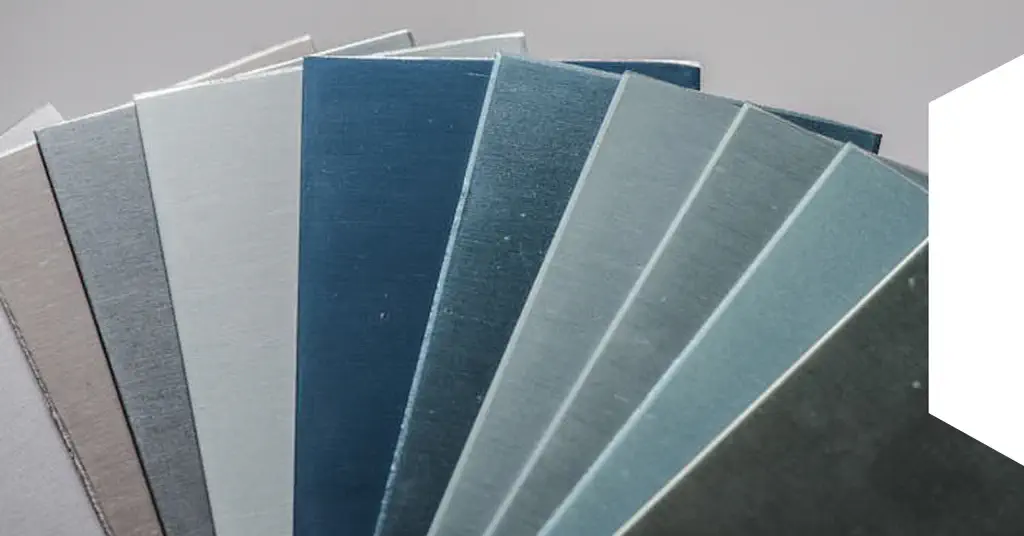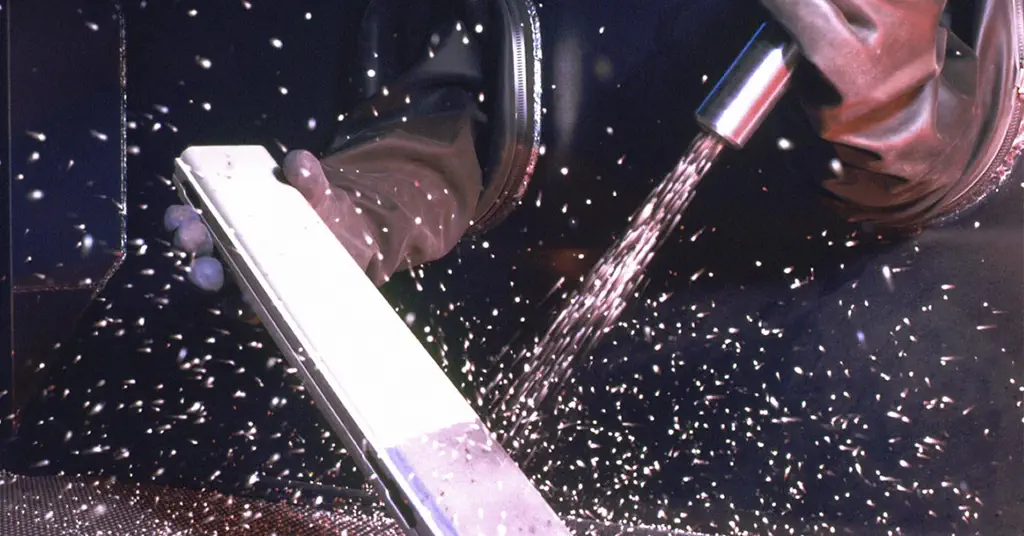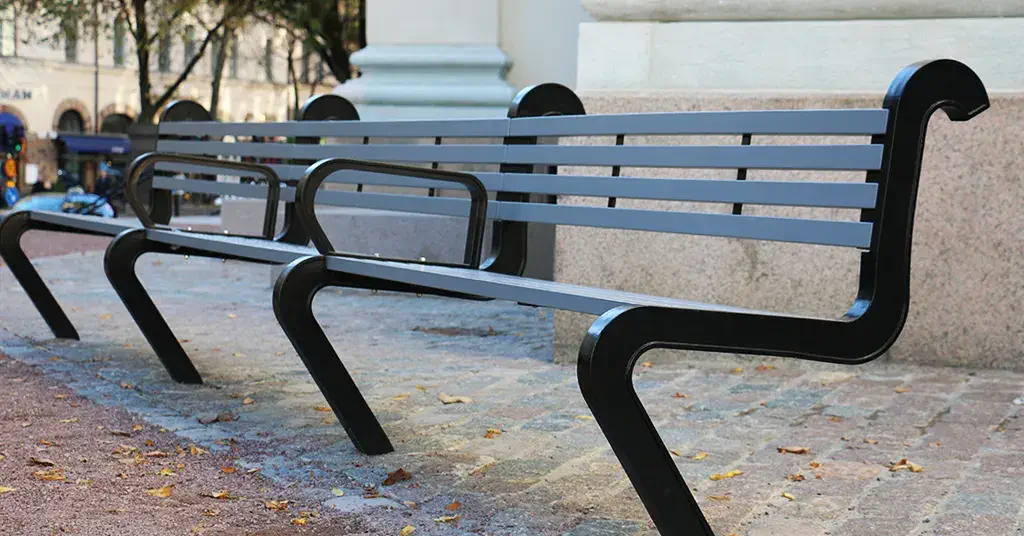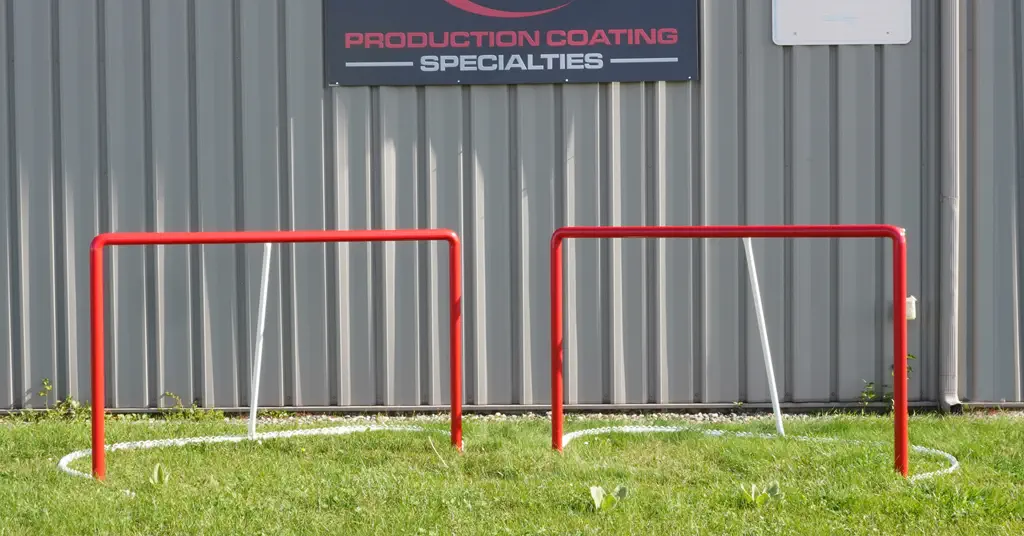Maintaining the outer layer of pure polyester powder coating is key to ensuring the long-term beauty and durability of your product. Whether you’re a manufacturer or a regular consumer, knowing maintenance tips is crucial. In this article, we’ll explore these tips to ensure your pure polyester powder coating always looks its best. Whether you have powder coated products in your home or need to use them in a variety of applications, these recommendations will help you protect and maintain these coatings for optimal appearance and performance.
1. Routine Cleaning and Maintenance
In the world of pure polyester powder coating, maintaining the pristine appearance and functionality of your coated surfaces is of paramount importance. Routine cleaning and maintenance play a vital role in ensuring the longevity of your investment. Let’s delve into specific practices and guidelines for effective upkeep.
a. Regular Cleaning Practices
Removing Dust and Debris
To start, it’s crucial to eliminate dust and debris regularly. A soft-bristle brush or compressed air can be your best friends in this endeavor. These methods will help you get rid of loose particles that may scratch or damage the coating if left unchecked.
Wiping Down with a Soft Cloth
A soft, lint-free cloth or microfiber towel is perfect for wiping down your powder-coated surfaces. This not only removes any remaining particles but also helps maintain the smooth finish of the coating. Make sure to avoid abrasive materials or harsh scrubbing, as they can compromise the coating’s integrity.

b. Cleaning Frequency
How often you should clean your powder-coated surfaces depends on the environment and usage. In high-traffic areas or industrial settings, more frequent cleaning may be necessary. For residential use, a monthly cleaning routine is generally sufficient, but be sure to adjust this based on your specific needs.
c. Recommended Cleaning Products
Selecting the right cleaning products is crucial. Opt for mild, pH-neutral cleaners that won’t harm the coating. Avoid strong solvents or abrasive cleaners, as they can cause damage over time. Water and a gentle soap solution usually work well for most routine cleaning tasks. Always follow the manufacturer’s recommendations for cleaning products, as they may vary depending on the specific type of polyester powder coating used.
2. Stain Removal
a. Addressing Common Stains
Food and Beverage Stains
Food and beverage stains are frequent culprits, especially on outdoor furniture or kitchen appliances. To tackle these stains, start by blotting excess liquid with a clean cloth. Then, mix a mild dish soap with warm water and gently scrub the stained area. Avoid harsh abrasives or acidic cleaners that can damage the coating. Rinse thoroughly and wipe dry.
Chassis and Frame Protection: Pure polyester coatings shield chassis and frames from corrosion, particularly in harsh environmental conditions and on salt-covered roads. This safeguarding significantly extends the lifespan of these crucial components.
Wheel and Rim Durability: When applied to wheels and rims, these coatings enhance their resistance to corrosion and abrasion. They help maintain the wheels’ structural integrity and appearance, even under challenging conditions.
Grease and Oil Stains
Grease and oil stains often occur in garage or workshop settings. For these stubborn stains, sprinkle an absorbent material like baking soda, cornstarch, or talcum powder over the affected area. Let it sit for a few hours to absorb the grease. Then, use a soft brush or cloth to wipe away the residue. Finish with a gentle soapy wash and rinse.

Ink and Paint Marks
Ink or paint marks can be challenging to remove, but it’s possible. For ink stains, dampen a cloth with rubbing alcohol and gently blot the stain until it lifts. For paint marks, scrape off any excess with a plastic scraper, and then use a cloth soaked in a mixture of water and mild detergent. Be cautious not to scratch the coating while removing the stains.
b. Safe Stain Removal Methods
When dealing with stains on your powder-coated surfaces, safety is paramount. Always:
Use non-abrasive materials: Avoid steel wool, scouring pads, or abrasive cleaners that can scratch the coating.
Test in an inconspicuous area: Before attempting stain removal, test your chosen method on a small, hidden spot to ensure it won’t cause damage or discoloration.
Rinse and dry: After stain removal, rinse the area thoroughly with clean water, and make sure it’s completely dry to prevent further staining or water spots.
3. Maintenance of Outdoor Surfaces
a. Dealing with Environmental Contaminants
Dirt and Dust: Regularly remove dirt and dust by sweeping or using a leaf blower. For stubborn dirt, use a mild detergent and water solution with a soft-bristle brush. Rinse thoroughly to prevent residue buildup.
Mold and Mildew: Mold and mildew thrive in humid conditions. To combat them, use a mixture of equal parts water and white vinegar. Apply it to affected areas, scrub gently, and rinse. Ensure good ventilation in those areas to deter their return.
Bird Droppings: Bird droppings can be acidic and harmful to outdoor surfaces. Promptly clean these off with a gentle soap and water solution. Avoid scrubbing too hard, as this can damage the surface.

b. Protection Against UV Fading
Use UV-Resistant Finishes: When selecting coatings or finishes for outdoor surfaces, opt for those with UV-resistant properties. These finishes provide an extra layer of defense against fading and damage from the sun’s UV rays.
Regularly Apply UV Protectants: Consider using UV protectant sprays or treatments. These products can be applied periodically to help shield your surfaces from the sun’s harmful effects.
Shade Solutions: Providing shade through natural or constructed means, such as trees or pergolas, can reduce direct sun exposure on outdoor surfaces, helping to mitigate UV-related damage.
c. Monitoring and Preventing Corrosion
Inspect for Rust: Regularly inspect metal surfaces for signs of rust. If you notice any rust spots, address them promptly. Start by removing the rust with a wire brush and then apply a rust-resistant primer and paint to prevent further corrosion.
Galvanized and Stainless Steel: Consider using galvanized or stainless steel for outdoor fixtures and surfaces, as they are highly resistant to corrosion.
Protective Coatings: Applying protective coatings to vulnerable surfaces, such as metal or wood, can provide an additional barrier against corrosion. Ensure these coatings are maintained and reapplied as needed.
4. Seasonal Maintenance
Maintaining your powder-coated surfaces goes beyond routine care. To ensure their longevity, you should consider seasonal and specialized maintenance practices.
Winter Preparation
Snow and Ice: Before winter arrives, make sure your powder-coated surfaces are prepared to withstand the harsh conditions. Remove loose debris, apply a protective wax or sealant, and consider covering or storing items like outdoor furniture to shield them from snow and ice. Regularly remove snow to prevent accumulation, which can lead to water damage.
De-Icing Products: Be cautious with de-icing products. Avoid those containing harsh chemicals like rock salt, as they can be corrosive to the coating. Opt for calcium magnesium acetate or sand as safer alternatives.

Summer Care
Sun Protection: During the summer, the sun’s UV rays can be harsh on outdoor surfaces. Ensure they have adequate protection, such as shade structures, to prevent fading and heat-related damage.
Hydration and Cleaning: Regularly clean outdoor furniture to remove dirt and dust, and keep the surfaces hydrated. Use furniture covers to shield items when not in use. For automotive parts, consider ceramic coatings that provide UV protection.
When it comes to maintaining pure polyester powder coating surfaces, there are a range of practical strategies available to ensure these surfaces maintain excellent performance and appearance in the external environment. From regular cleaning and treating common stains to responding to seasonal changes and the needs of specific application areas, you need to choose the right maintenance method based on the actual situation to meet the needs of different situations. Whether it’s for home furnishings, architectural features or automotive parts, taking proper maintenance measures is key to protecting your investment and extending the life of your pure polyester powder coating. By following these recommendations, you can ensure that your pure polyester powder-coated surfaces always look their best, whether it’s the harsh winter or the sweltering heat of summer.

No comments yet